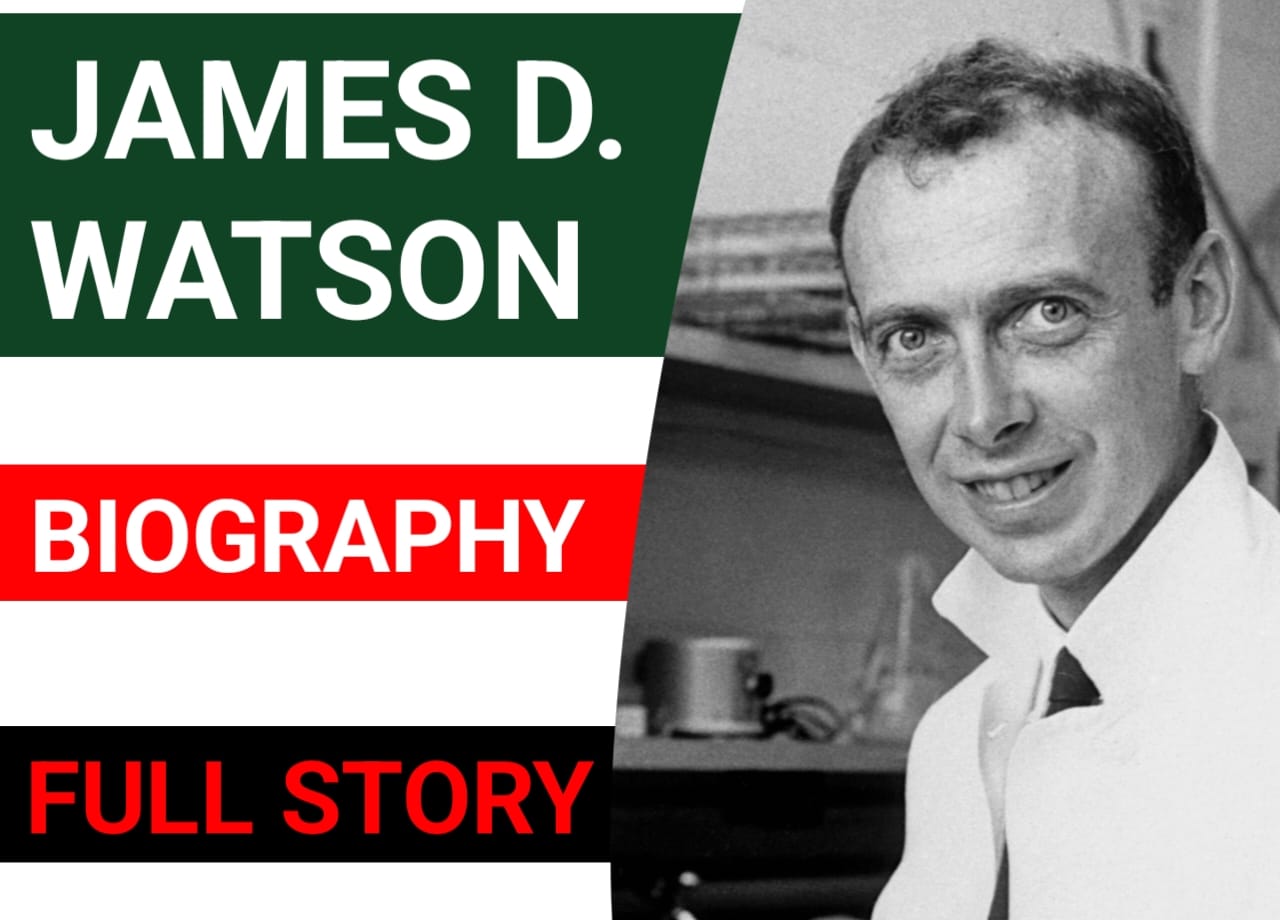James D. Watson is an eminent American molecular biologist and geneticist, renowned for his co-discovery of the structure of DNA, one of the most significant scientific breakthroughs of the 20th century. His work with Francis Crick paved the way for modern genetics and revolutionized our understanding of life’s building blocks. In this article, we delve into the life, achievements, and lasting impact of James D. Watson.
1. Early Life and Education
James Dewey Watson was born on April 6, 1928, in Chicago, Illinois. From a young age, he displayed an exceptional aptitude for science and was determined to pursue a career in research.
2. The Discovery of the Double Helix
In the early 1950s, Watson and Crick collaborated at the Cavendish Laboratory in Cambridge, England, to uncover the structure of DNA, the molecule that carries genetic information.
3. The Watson-Crick Model: Unlocking the DNA Structure
In 1953, Watson and Crick proposed the double helix model for DNA, a three-dimensional structure consisting of two intertwined strands. This model explained how DNA replicates and passes on genetic information.
4. Contributions to Molecular Biology
Watson’s work extended beyond DNA to include research on RNA, viruses, and the genetic code. His contributions significantly advanced the field of molecular biology.
5. Impact on Genetics and Biotechnology
The discovery of the DNA structure opened up new avenues in genetics and biotechnology, leading to advances in gene sequencing, genetic engineering, and personalized medicine.
6. Nobel Prize and Recognition
In 1962, Watson, Crick, and Maurice Wilkins were awarded the Nobel Prize in Physiology or Medicine for their groundbreaking work on the structure of DNA.
7. Controversies and Ethical Concerns
Watson’s public statements on race and intelligence have been the subject of controversy and criticism, leading to the revocation of some of his honors and positions in later years.
8. Beyond DNA: Continuing Scientific Pursuits
Throughout his career, Watson continued to make significant contributions to the scientific community, focusing on cancer research and the development of new therapies.
9. The Human Genome Project
Watson played a pivotal role in initiating and promoting the Human Genome Project, an ambitious international effort to map and sequence the entire human genome.
10. Watson’s Legacy and Influence
James D. Watson’s work has left an indelible mark on genetics and molecular biology. His pioneering research continues to shape the field of genomics and biomedicine.
11. Missteps and Reflections
In recent years, Watson has expressed regret for his past statements and has engaged in efforts to address and correct his earlier views.
12. The Ongoing Advancements in Genetics
Advancements in genetics and genomics continue to transform our understanding of human health and disease. Watson’s work has laid the foundation for ongoing research in these fields.
13. Future Prospects in Molecular Biology
The field of molecular biology holds exciting prospects for the future, including advancements in gene editing, gene therapies, and precision medicine.
14. Conclusion
James D. Watson’s discovery of the DNA structure stands as one of the most significant achievements in the history of science. His work has shaped modern genetics and continues to inspire generations of researchers to unravel the complexities of life’s genetic code. While acknowledging his accomplishments, we must also critically assess and learn from his missteps, ensuring that scientific progress is coupled with ethical considerations.
Frequently Asked Questions
Q1: What is James D. Watson’s most significant contribution to science?
James D. Watson’s most significant contribution is his co-discovery of the structure of DNA. The double helix model he proposed with Francis Crick revolutionized the field of molecular biology and genetics.
Q2: How did the discovery of the DNA structure impact scientific research?
The discovery of the DNA structure provided a framework for understanding genetic information and its role in heredity. It paved the way for advances in genetics, genomics, and biotechnology.
Q3: How did James D. Watson contribute to the Human Genome Project?
James D. Watson played a key role in promoting and advocating for the Human Genome Project, an international effort to map and sequence the entire human genome.
Q4: What are some of the controversies surrounding James D. Watson?
James D. Watson’s public statements on race and intelligence have been controversial and have led to criticism and the revocation of some of his honors and positions.
Q5: How has James D. Watson’s work influenced modern genetics and biomedicine?
James D. Watson’s work on the DNA structure laid the foundation for modern genetics and biomedicine. It has led to advancements in gene sequencing, genetic engineering, and personalized medicine.
| WHATSAPP GROUP | CLICK HERE |
| TELEGRAM LINK | CLICK HERE |



